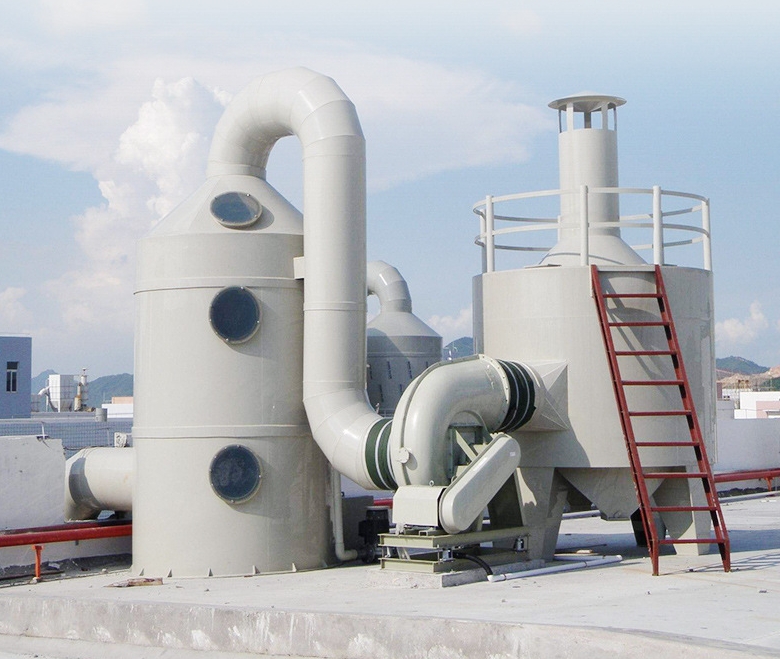In the fast-paced world of scientific research, proper waste disposal is often overlooked. However, as both a waste management expert and a CEO deeply invested in laboratory operations, I can attest that responsible waste handling is crucial for safety, compliance, and environmental protection. This article will guide you through best practices for waste disposal in research labs, ensuring your facility stays at the forefront of responsible scientific conduct.
Understanding the Stakes
Research labs generate a diverse array of waste materials, many of which pose significant risks to human health and the environment if mishandled. From toxic chemicals to biohazardous materials and radioactive substances, each waste stream requires specific handling procedures. Proper disposal isn’t just about following rules—it’s about preserving the integrity of your research, protecting your team, and safeguarding our planet.
Key Principles of Lab Waste Management
Categorization is Critical: The first step in proper waste disposal is accurate categorization. Train your staff to identify and separate:
- Chemical waste (organic solvents, acids, bases)
- Biological waste (cultures, blood samples, tissue)
- Radioactive materials
- Sharps (needles, broken glass)
- General lab waste
Containment Matters: Use appropriate containers for each waste type. Chemical-resistant containers for solvents, autoclavable bags for biohazards, and lead-lined boxes for radioactive materials are essential.
Labeling for Safety: Clear, detailed labels are non-negotiable. Include the waste type, contents, hazards, and accumulation start date on every container.
Storage Savvy: Designate specific areas for waste storage, ensuring incompatible materials are kept separate. Maintain good ventilation and use secondary containment to prevent spills.
Regular Removal: Establish a schedule for waste pickup and disposal. Don’t allow waste to accumulate beyond legal limits or your lab’s capacity.
Documentation is Key: Maintain detailed records of waste generation, storage, and disposal. This is crucial for regulatory compliance and can be invaluable in case of audits.
Innovative Approaches to Waste Reduction
As leaders in the scientific community, we must go beyond mere compliance. Consider implementing these cutting-edge strategies:
Green Chemistry Principles: Encourage researchers to design experiments that minimize waste generation from the outset.
Solvent Recycling Programs: Invest in distillation equipment to recycle common solvents, reducing both waste and procurement costs.
Microwave Digestion: For sample preparation, this technique can significantly reduce acid consumption and waste.
Digital Lab Notebooks: Transition to electronic record-keeping to minimize paper waste and improve data management.
Supplier Take-Back Programs: Partner with vendors who offer to reclaim and recycle materials like packaging or unused chemicals.
Training: The Cornerstone of Compliance
No waste management system is effective without comprehensive training. Develop a robust program that covers:
- Waste identification and categorization
- Proper handling and storage procedures
- Emergency response for spills or exposures
- Regulatory requirements and lab-specific protocols
- The environmental impact of improper disposal
Make training engaging and memorable. Use real-world scenarios, hands-on demonstrations, and regular refresher courses to reinforce best practices.
Leveraging Technology for Waste Management
Embrace digital solutions to streamline your waste management processes:
Inventory Management Software: Track chemicals from procurement to disposal, minimizing over-ordering and expired materials.
Waste Tracking Apps: Use mobile applications to scan and log waste containers, ensuring accurate record-keeping and timely disposal.
Smart Sensors: Implement IoT devices to monitor storage conditions and alert staff to potential hazards.
Virtual Reality Training: Create immersive training experiences that simulate proper waste handling procedures without risk.
The Bottom Line: Responsibility Drives Innovation
As scientific leaders, our commitment to proper waste disposal sets the tone for the entire research community. By implementing robust waste management practices, we not only ensure regulatory compliance but also drive innovation in sustainable lab operations.
Remember, every beaker of waste properly disposed of is a step towards a safer lab, a cleaner environment, and a brighter future for scientific discovery. Let’s lead by example and make responsible waste management an integral part of our research culture.




